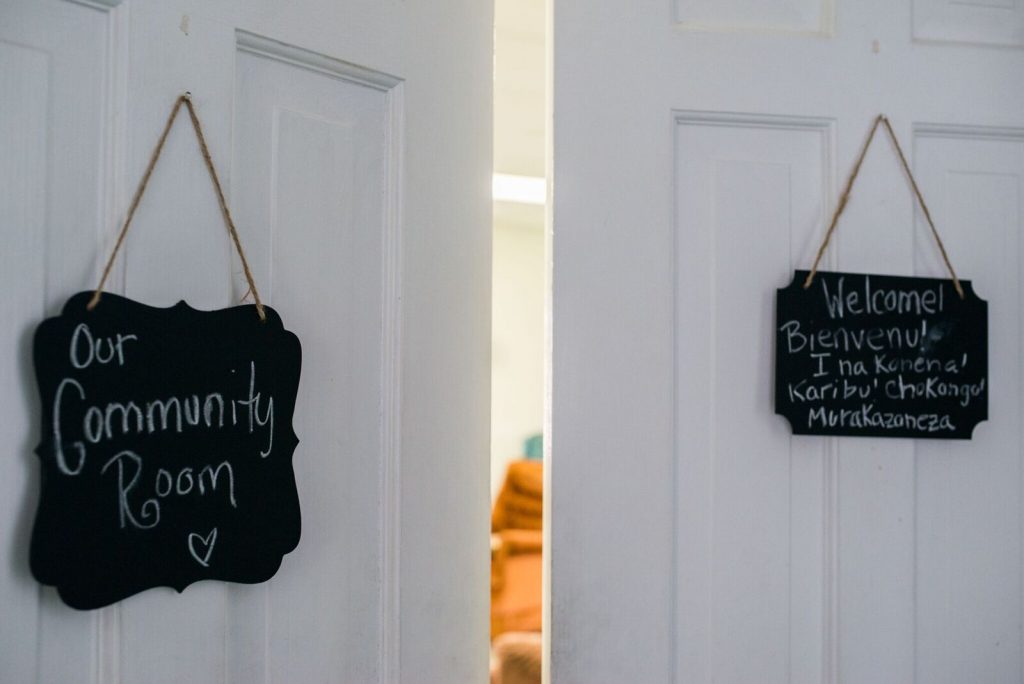Barry, Frank. “15 Techniques Used by Top Nonprofits to Boost Donor Acquisition and Online Fundraising Results.” NpENGAGE, npengage.com/nonprofit-fundraising/boost-donor-acquisition- online-fundraising/. Accessed 28 Mar. 2017.
The author of this article is Frank Barry. Frank Barry is a director of digital marketing at Blackbaud and a blogger for the non profit site npENGAGE. He helps nonprofits use the internet for digital communication, social media, and fundraising. He has worked with organizations including LIVESTRONG, United Methodist Church, American Heart Association, Big Brothers Big Sisters, ChildFund Int’l, InTouch Ministries, Heifer International, University of Notre Dame and University of Richmond. The author claims that there are fifteen donor acquisition and online fundraising techniques that nonprofits can use to get the most amounts of donations.
The intended audience would be people who are trying to actually get more donations for their non-profit, or somebody who is helping a non-profit design their website to be more effective. The people who come to this article would most likely want to try and get information that will help a website attract people to donate, and keep traffic coming to their website. There is a slight slant of the article; it wants people to think that these techniques are the greatest techniques for getting donations, possibly neglecting other techniques that could work just as well.
One strength of this article is that it provides hyperlinks to other websites when it is making certain claims; this allows the reader to check out the why the author said what he said, and draw conclusions themselves about the validity of the claim. Another strength is that the article provides examples of non profits who have used some of these techniques so readers can see the techniques being mentioned in action. Not only does it provide examples, but it also provides snapshots of these examples as well. One of the weaknesses of this article is that it doesn’t really give the reader ways to actually implement these techniques on their site. This information definitely supports the thesis of my research. It is relevant to my research because I suggested that those who come across a donation website will want to see how their money is being spent, and giving a detailed account of an asylum seeker’s day will help show them how they will be helping.
Bray, J.D. Ilona. “Which Countries Do Most People Granted Asylum in the U.S. Come From?” Nolo, www.nolo.com/legal-encyclopedia/which- countries-do-most-people-granted-asylum-the-us-come-from.html. Accessed 28 Mar. 2017.
Ilona Bray, J.D. is an award-winning author and legal editor at Nolo, specializing in real estate, immigration law, workplace wellness and nonprofit fundraising. Bray’s working background includes solo practice, nonprofit, and corporate stints, as well as long periods of volunteering, including an internship at Amnesty International’s main legal office in London. The thesis of her article is saying from which countries do most people granted asylum in the United States come from. Her thesis, based on empirical research from the Executive Office of Immigration Review Statistical Year Book, concluded that the countries who have the most amounts of immigration is as follows: China, Guatemala, Honduras, India, El Salvador, Ethiopia, Nepal, Mexico, Soviet Union, Somalia, Egypt, Eritrea, Syria, Russia, Bangladesh, Cameroon, Albania, Nigeria, Haiti, Colombia, Gambia ,Pakistan, Iraq ,Burkina Faso and Sri Lanka. The author’s intended audience could be anyone who is interested in where asylum seekers coming to America are coming from, whether they want to help them or simply know more about the subject.
There is a bias in the article, but that bias is recognized by the article itself. It says “keep in mind that while these statistics may include applications originally filed affirmatively with U.S. Citizenship and Immigration Services (USCIS) that were denied and referred to the immigration court, it does not include those asylum applications that were originally approved by USCIS.” This is saying that it should be recognized that about 16000 people who were originally approved for asylum status were not counted in this study. One of the strengths of this article is that it is based off of empirical evidence; statistics taken by a rather neutral source should be acknowledged as a good thing. The information supports my research because I learned that the US is indeed taking asylum seekers from a variety of places. This is relevant to my research because I need to know exactly where the largest amount of asylum seekers are coming from in order to properly document their experiences. Since I am doing a “Day in the Life”, depicting them correctly is a necessity.
“Mission Trip Itineraries.” Food for the Poor Saving Lives, www.foodforthepoor.org/participate/mission-trips/sample- itinerary/. Accessed 28 Mar. 2017.
The author of this article is the organization FoodForThePoor. They are a nonprofit organization that works to get food, housing, and emergency relief to poor people in the Caribbean and Latin America. They also help provide care for orphaned and abandoned children. The author is claiming that the organization is going to provide a relatively set schedule for volunteers who choose to go to various countries. They have each country they send volunteers outlined with an itinerary that volunteers can expect to follow. The organization is claiming that volunteers will help poor people through performing activities such helping to paint homes and harvesting of fish for families. The intended audience would be anybody who is interested in volunteering for this organization. There is a bias; it highlights all of the good things about what people will be helping with solely instead of also shedding light on the toll it can take on the volunteers. The organization wants volunteers, so they are going to highlight the good parts.
A strength of this article is that it really gives a good breakdown of what a volunteer can expect if they decide to volunteer for this organization. Giving a realistic schedule can be the deciding factor of if a person decides to volunteer for a certain place or not, so I can see this being extremely helpful. Another strength is that it gives people the option to contact the organization through email if they have questions regarding anything they read that interests them on the itinerary page. One more strength is that the site offers itineraries for various countries instead of one generic itinerary for people to try and use to get a better feel; they took the time to develop schedules based on the needs of each country. The weakness of this itinerary is that it could do a better job of giving insight to how the volunteers will be interacting with recipients of these services. It largely focuses on what the volunteers will do with one another and leaves out that interaction with recipients. The information supports my research. It is relevant to the material I have researched because I want to recreate this type of article, except focusing on the recipients instead of the volunteers.



